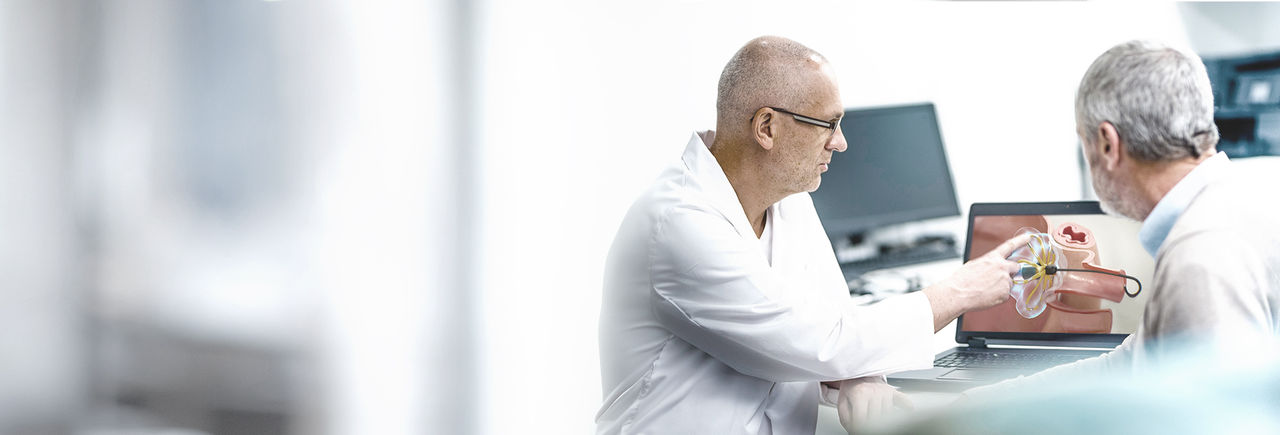
The FARAPULSE™ PFA System may be right for you if:
- You suffer from paroxysmal atrial fibrillation (AF episodes come and go, often resolving without treatment)
- You meet the criteria for a cardiac ablation procedure called pulmonary vein isolation (PVI)

The FARAPULSE PFA System is not right for you if:
- You suffer from persistent or permanent atrial fibrillation
- You do not meet the criteria for a PVI cardiac ablation procedure
As with any medical procedure, there are risks involved with pulsed field ablation with the FARAPULSE™ PFA System. See the Important Safety Information below for a list of possible complications, and ask your specialist about the risks and benefits of the FARAPULSE™ PFA System.
If you are suitable for PVI, why consider the FARAPULSE™ PFA System?
500k
PATIENTS TREATED WORLDWIDE1
PROVEN ABLATION TECHNOLOGY2-6
FAST RECOVERY7
BACKED BY 10 YEARS OF RESEARCH**,1-7
GIVES YOU YOUR LIFE BACK8
Pulsed field ablation (PFA) is the latest generation technology for cardiac ablation for the treatment of certain types of atrial fibrillation (AF).* The FARAPULSE™ System is the most widely used and comprehensively studied device for PFA – it’s been used to treat 500,000 patients and is backed by 10 years of research.1
In clinical studies, the FARAPULSE™ PFA System has shown long-lasting freedom from the impact of atrial fibrillation symptoms – comparable to those seen with thermal ablation technologies, but with minimal side-effects.2-7 In addition, because cardiac cells are more sensitive to the electrical field created by PFA than other tissue, structures close to the ablation site (such as the oesophagus or the phrenic nerve) are usually not impacted.2-6
FARAPULSE™ patients have reported fast recovery after their PFA procedure and no chest pain – a side-effect that can be experienced by patients treated with thermal ablation.7

500,000
LIVES CHANGED1
Meet Sofia
Sofia's diagnosis
The ablation procedure
Getting her life back
This video is for informational purposes only and presents a fictive patient example to illustrate the ablation procedure. It does not constitute medical advice or guarantee specific outcomes. Individual results may vary. Boston Scientific strongly recommends consulting your physician for personalised medical guidance and to address any questions regarding your health or treatment options.
Prior to the FARAPULSE PFA procedure

During the FARAPULSE™ PFA procedure

After the FARAPULSE™ PFA procedure






